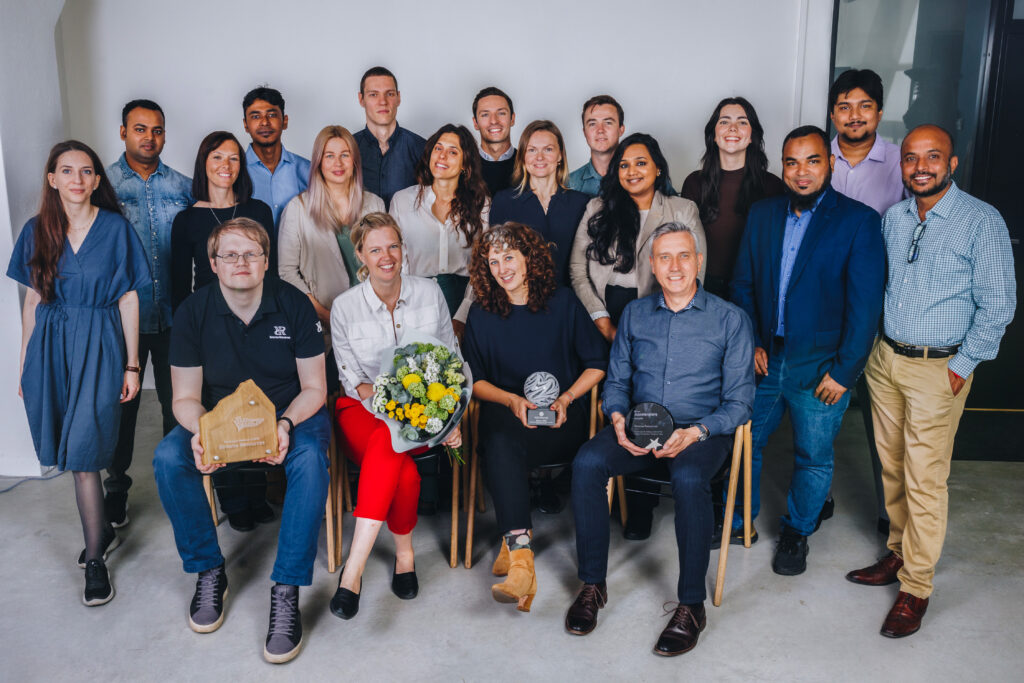Together, we can achieve circularity in the textile industry by 2030
Our mission
The textile industry is a complex global system creating enormous environmental impacts on many levels. Our mission is to create a feasible systemic shift to allow the industry to reduce its dependency on virgin materials and fibres and scale up textile-to-textile (T2T) recycling and the use of textile waste as the source of the fibre it needs. We do this by digitising textile waste flows and supply chains, demonstrating a new data-driven business case for the industry and enabling trustworthy real-time collaboration between large networks of industry stakeholders.
The problem we solve
With the number of new technologies and the fast-growing industrial capacity of textile-to-textile recycling, we have forecasted that >30% of textiles could be made of recycled textiles by 2030. Recycling textiles for high-quality fashion products is soon no longer a technological challenge. But the scalability of these technologies is hampered due to limited access to high-quality waste with full background information of what it contains, incomplete statistics of textile fibres flowing in the markets, inflated prices caused by the current waste handling and trading practices, and many other market barriers and inefficient supply chains of the waste.
What do we do?
Reverse Resources is a Software-as-a-Service (SaaS) platform to match textile waste with the best possible recycling solutions, enable predictive transparency and build data-driven supply chains. It’s like an Uber of textile waste that allows the industry to plan and oversee the textile flows end-to-end from the source of the waste to recycling and build the longest circular life cycles for the fibres.
While using our SaaS platform and the agile startup approach as vehicles for building standardised processes and supporting the scale-up of T2T recycling on a global scale, we need to do much more in the background to support the launch of a completely new global market. We are disrupting the business case of waste handlers, demonstrating new feasible business opportunities for brands, restructuring the supply chains, building a code of conduct and transparency of waste management, communicating market barriers from daily operations to the policymakers, and much more.
Who do we work with?
RR is a portal for collaboration between an extensive global network of critical stakeholders. Among 50+ brands, we work closely with H&M Group, C&A, Bestseller, PVH and others. The platform traces textile waste to 15+ largest T2T recyclers from hundreds of factories in real-time. Our platform is the crucial tech solution behind large projects like Circular Fashion Partnership led by Global Fashion Agenda (focus on Bangladesh), Sorting for Circularity led by Fashion For Good (focus on India) and supported by Laudes Foundation, waste mapping project by GIZ (Vietnam, Indonesia, North Africa), SwitchMed project by UNIDO (Morocco, Tunisia, Egypt). You can read more about it on our blog.
Our team
With eight years of work on such a complex global problem, we have been talked about as a die-hard team, “rosily persistent” and inquisitive in identifying roadblocks and finding smart solutions for scaling textile recycling. Our vibrant and fun team of 20 people is spread worldwide, representing 7 countries, 9 nationalities and 19 spoken languages.

The impact we create
In 2022 we helped almost 4,000 tonnes of waste reach high-end textile-to-textile recycling. It is roughly equivalent to the reduction of 20K tonnes of CO2-eq and 14 million m3 of water by less virgin cotton needed for fashion production. It’s as much as the average yearly footprint of 10,000 people. At the same time, our team spent 202 days on a business trip counting for 22 tonnes of CO2 emissions created, which is ~0.01% of what we saved.
